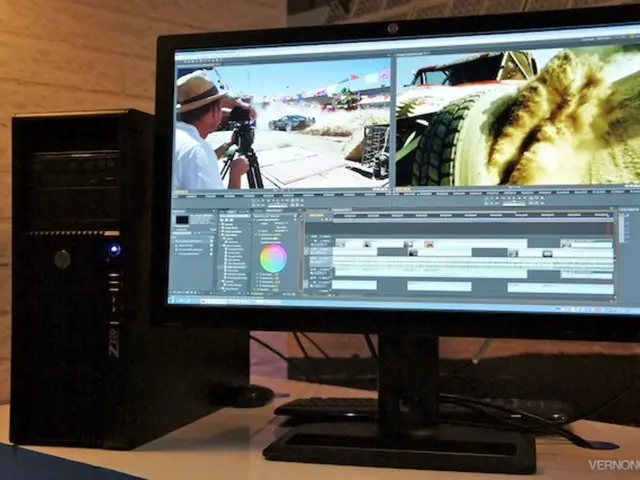Cornell's Breakthrough: New High-Res Electronic Braille Display Promises Robust, Reliable Public Use
Cornell University researchers have made a breakthrough in braille technology. They've developed a new high-resolution electronic tactile display that promises to revolutionise braille systems. Published in Science Robotics, the research offers a solution to the 'Holy Braille' challenge, making braille displays more robust and reliable for public use.
The display, developed by Ronald Heisser and Khoi Ly, combines principles of soft robotics with microscale combustions. It features a 10-by-10-dot array of soft actuators that pop up in just 0.24 milliseconds, providing tactile feedback. These actuators remain fixed until vacuum sucks them down, mimicking the feel of braille dots.
The hermetically sealed design keeps out dirt and liquids, making it durable and suitable for public use. It can operate in messy, unpredictable environments, unlike other haptic braille systems. The silicone sheets of the display are replaceable, extending the lifespan of the device and allowing for scaling up to display more braille characters. The technology has numerous medical and industrial applications, including mimicking muscle and providing haptic feedback during surgery. It also has potential in teleoperation, automation, and virtual reality.
The new haptic braille system, published in Science Robotics, offers a robust and reliable solution to the 'Holy Braille' challenge. With its replaceable silicone sheets and ability to operate in harsh environments, it promises to enhance braille technology's accessibility and usability. The technology's potential applications span from medical and industrial use to virtual reality, marking a significant step forward in tactile display innovation.
Read also:
- EPA Administrator Zeldin travels to Iowa, reveals fresh EPA DEF guidelines, attends State Fair, commemorates One Big Beautiful Bill
- Hitachi Rail's Next-Gen SelTrac to Revolutionize Urban Transit with C$100m Investment
- Leaders at HIT Forum 2025: Middle Powers Key to Asia's Security
- Samsung, SK Hynix Partner with OpenAI for AI Chip Boost, Driving South Korea's Tech Industry







